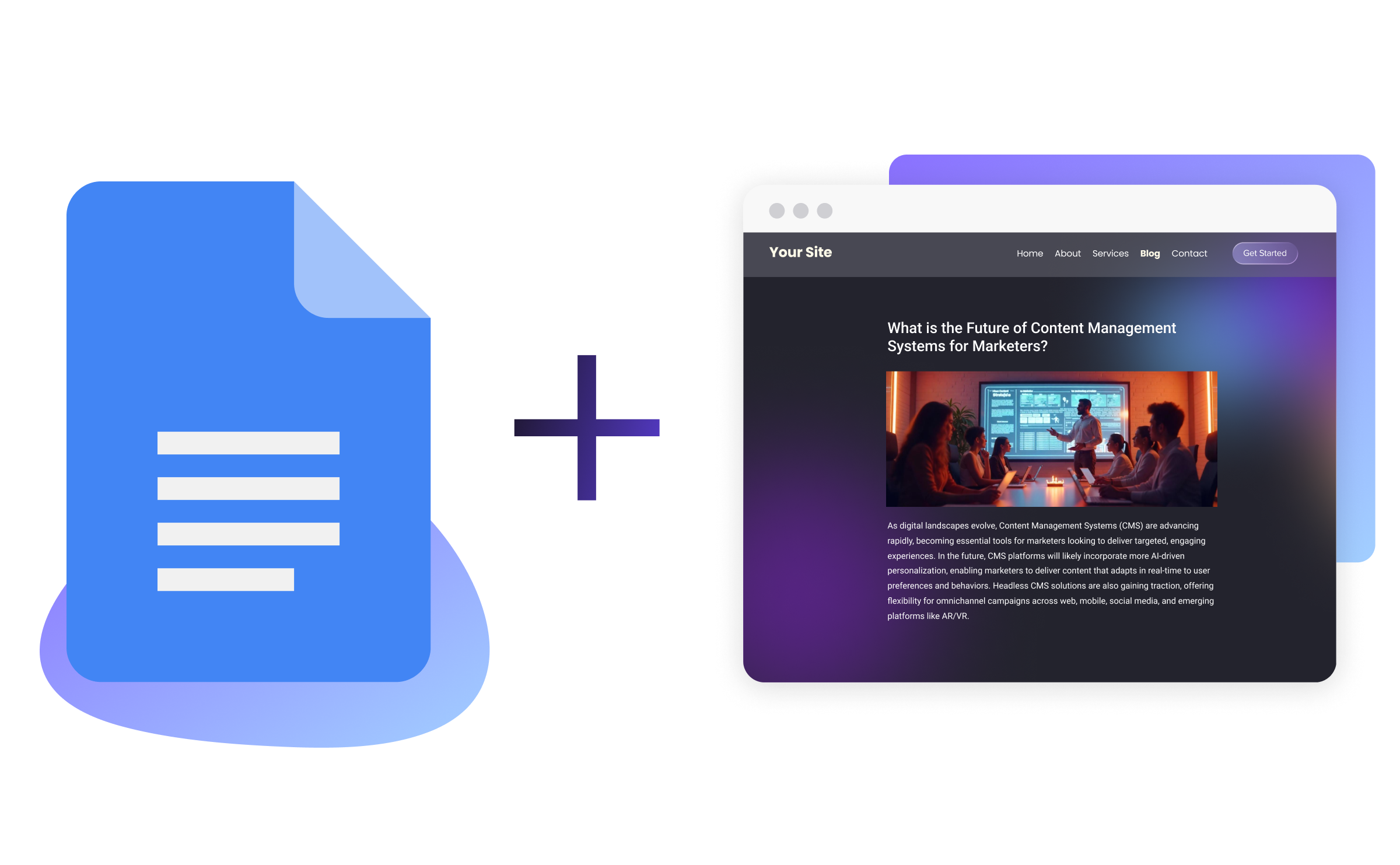Enterprise Marketing is a Tough Mudder, Tips from Industry Veterans
Image

In enterprise marketing we grapple with unique challenges: lengthy sales cycles, meandering or even idiosyncratic customer journeys, and a variety of stakeholders to convince along the way. Sales cannot do it alone, and increasingly the product experience is also part of the journey. There’s no “one weird trick” to untangle all this complexity.
So we gathered a panel of industry experts – former CEOs and CMOs of organizations that made business history books – to shed light on key issues and strategies for modern marketers. You can watch the entire webinar or read my key takeaways of the wisdom shared by these seasoned minds.
Challenges in the B2B Space
The two biggest hurdles in B2B marketing are long buying cycles and extensive buying teams. The new normal is non-linear customer journeys where upwards of 60% is complete — increasingly if not exclusively conducted online — before any direct engagement takes place.
Marketing success hinges on aligning the whole company on a shared view of this journey, building strong alliances with sales teams, and taking ownership of new technology to ensure a robust return on investment. It’s no longer about creating assets that are judged on aesthetics; it’s about bringing home results. Here’s what our experts think will help you move the needle.
April Dunford, ex-IBM, on Positioning and Consensus
With a rich professional experience and two published books to her name, April Dunford advocates for a tight-knit sales-marketing alignment to ensure success in B2B deals. In a risk-averse enterprise landscape where deals often take months or even years to close, a cross-functional understanding of personas and their pain points is paramount.
“If somebody makes a bad purchase decision, bad things happen. People can lose their jobs, get passed up for a promotion or look plain bad in front of their boss. And so we have to think about all these things when we're in B2B marketing trying to make a deal happen,” says Dunford.
Her recipe for success is for marketers to partner with sales teams to help buyers untangle everything they learned from Gartner reports, company ebooks, and G2 reviews.
We want to make sure that we're not just building stuff in our little marketing bubble and then throwing it over to the sales team crossing our fingers that they think it makes sense and they're going to use it. We actually have to partner with the sales team, work on the positioning together, work on the sales pitch together, and then we have a much higher chance that what we're doing in marketing and sales is going to be consistent.”
Scott Gifis, ex-Frame.io, NoFraud CEO, on Customer Journeys
Scott Gifis hones in on differentiating between customer journeys and customer lifecycles. Organizations often conflate the two notions, assuming what the customer experiences (the journey) will line up neatly with what sales, marketing and product can track (the lifecycle). Gifis says thinking about customer movements as a happy linear progression from a blog to an ebook to a sales call is unrealistic. He likens the sales process to a plinko machine mechanism where a BDR can be bouncing up and down between seasoned professionals with deep expertise and those with little knowledge, yet holding the budget strings and requiring the correct pitch at their level.
For effective marketing, Gifis stresses the importance of seeing a potential customer as a big organism that needs to be treated holistically and with care.
Historically we ran this baton race where we said, oh, marketing here take a baton and run and then hand it off to the sales or the SDR team, and they hand off to the next team. Today that doesn't work anymore. It's more like a Tough Mudder run where everybody hits the wall and you have to get over it together."
Doing that means grabbing hold of data, mapping the customer journey, organizing around it and ensuring alignment between marketing, sales and product.
"All of those things are so deeply connected. If those things aren’t in line, you're going to have a hard time. In fact, you're going to have a miserable time and work three times harder to do half as much. You've got to have a shared view of what you're trying to accomplish, and then you pick those bets, lean in and it's amazing what you can do. I mean, that's how you get to that sort of exponential growth curve: you get that alignment first,” says Gifis.
He advocates the GTM professionals change their perspective from selling to assisting customers. That approach helps enable that shared view of customer pain points, and increases the authenticity of engagement around providing solutions. He recommends spending a significant portion of time talking to customers – 25% as a rule of thumb – for a deeper understanding of market dynamics and empathy with their experience.
Like what you read? Watch the entire masterclass now or wait for Part 2 with insights from Elissa Fink, ex-Tableau CMO, and Lauren Vaccarello, ex-Salesloft, AdRoll and Box.


